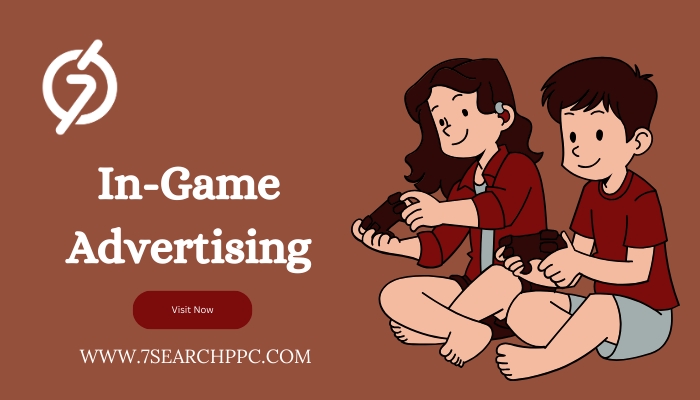In-game advertising has emerged as a powerful marketing strategy, allowing brands to connect with highly engaged audiences in immersive digital environments. With the global gaming industry growing at an unprecedented rate, leveraging in-game advertising can significantly enhance brand visibility and user engagement. In this article, we explore 10 proven strategies to maximize the effectiveness of game ads and boost audience interaction.

Understand Your Audience
Before launching an in-game advertising campaign, it’s crucial to understand your target audience. Gamers vary widely in demographics, interests, and behavior. Conduct research to determine which types of games your target consumers play, their preferences, and what kind of ads resonate with them. This ensures your campaign is both relevant and engaging.
Choose the Right Game Genre
Different game genres attract different audiences. For instance:
Action and adventure games often appeal to younger, competitive players.
Puzzle and strategy games attract users who enjoy problem-solving.
Simulation and casual games cater to a broad audience, including older demographics.
Selecting the right genre ensures your game advertising reaches the most relevant audience, increasing engagement rates.
Use Non-Intrusive Ad Formats
Gamers prefer ads that don’t disrupt gameplay. Opt for non-intrusive ad formats such as:
Banner ads – Displayed on the game interface without interfering with gameplay.
Native ads – Seamlessly integrated into the game environment.
Rewarded video ads – Provide in-game rewards in exchange for watching an ad.
These ad formats enhance user experience while maintaining high engagement levels.
Leverage Rewarded Ads
Rewarded ads are among the most effective forms of game ads. These ads offer players incentives, such as extra lives, virtual currency, or power-ups, in exchange for viewing an advertisement. Players are more likely to engage with ads when they receive something valuable in return, making this a win-win strategy.
Incorporate Interactive Ads
Interactive ads increase engagement by allowing players to interact with the content. Examples include:
Playable ads – Mini-versions of games that allow users to experience a game before downloading it.
Augmented reality (AR) ads – Immersive experiences that blend digital and real-world environments.
Gamified ads – Ads that incorporate game-like elements, such as challenges and rewards.
These formats make advertising more engaging and memorable for players.
Utilize Influencer Marketing in Gaming
Gaming influencers have a significant impact on player behavior. Partnering with popular streamers and content creators can amplify your in-game advertising efforts. Influencers can showcase in-game products, demonstrate their benefits, or encourage players to interact with branded content, leading to increased brand awareness and engagement.
Optimize for Mobile Gaming
With mobile gaming accounting for a significant share of the gaming market, optimizing game advertising for mobile users is essential. Consider:
Short-form video ads tailored for mobile screens.
Clickable ads that allow users to engage instantly.
Optimized loading times to ensure smooth ad delivery.
Ensuring a seamless mobile experience can boost user interaction and conversions.
Implement Data-Driven Personalization
Personalized game ads resonate better with players. Use data analytics to tailor ads based on player behavior, preferences, and in-game actions. Personalized ads improve relevance and effectiveness, leading to higher engagement rates.
Test and Optimize Your Ads
Regularly testing and optimizing in-game advertising campaigns is vital for success. Use A/B testing to compare different ad formats, creatives, and placements. Analyze key performance metrics such as click-through rates (CTR), conversion rates, and user retention to refine your strategies and maximize engagement.
Measure Success and Adjust Strategies
Continuous monitoring and analysis are crucial for improving game advertising effectiveness. Utilize tools like Google Analytics, in-game tracking, and heatmaps to measure ad performance. Adjust your campaign strategies based on real-time data to ensure ongoing success.
Conclusion
In-game advertising is a powerful tool for brands looking to engage with digital audiences. By understanding player behavior, leveraging interactive and rewarded ads, optimizing for mobile, and utilizing data-driven personalization, marketers can maximize their game advertising efforts. Implementing these 10 proven strategies will not only boost engagement but also enhance brand visibility and customer loyalty in the gaming world.
